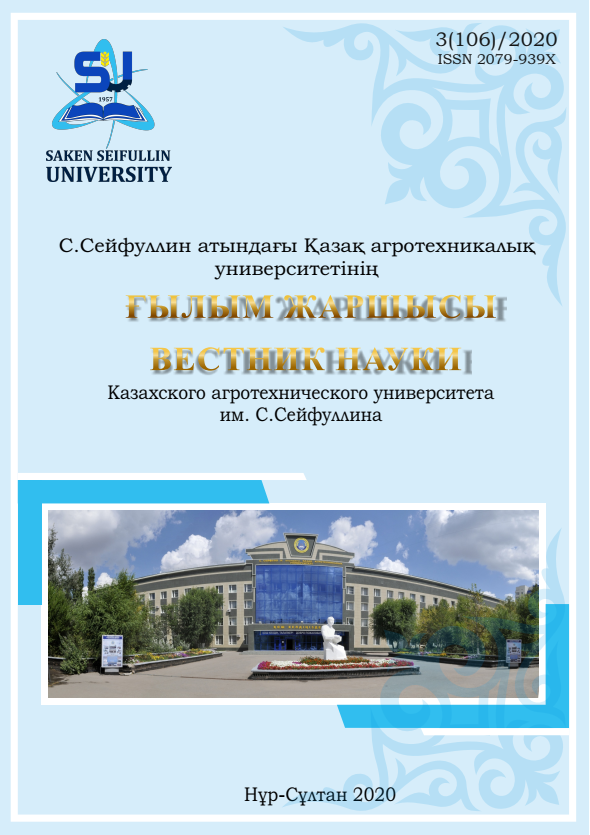ZONING OF THE TERRITORY OF THE REPUBLIC OF KAZAKHSTAN BY THE DEGREE OF RISK OF RABIES IN ANIMALS
DOI:
https://doi.org/10.47100/herald.v1i3.77Keywords:
Rabies, zoning, Kazakhstan, suitability modelling, Maxent, risk assessment, maximum entropy.Abstract
This scientific article presents a methodology for zoning the territory of the Republic of Kazakhstan in relation to the susceptibility to the occurrence of animal rabies based on the method of modeling the geographical spread of the disease using the principle of maximum entropy – Maxent. The work was carried out using
retrospective data on rabies outbreaks in the Republic for the period 2007-2018. The model showed a fairly high predictive ability, the AUC value, depending on the category of animals (agricultural, domestic, wild) was from 0.782±0.031 to 0.859±0.042. In other words, the obtained probability distributions with a sufficiently high degree of confidence allow us to describe the distribution
of existing cases of rabies in the territory of the Republic of Kazakhstan, depending on the combination of natural, climatic and geographical factors. In accordance with the practice of the Veterinary service of the Republic, the risk values were averaged using the administrative division of the country at the municipal level. Risk values within municipal districts were ranked according to the levels: low, medium, high, and very high risk. The results of modeling the epizootic manifestation of rabies confirm the previously identified patterns of linking outbreaks to a certain combination of natural and climatic conditions. The obtained maps are the basis for
recommendations of the veterinary service of the Republic of Kazakhstan in the development of anti-epizootic measures aimed at preventing animal rabies.

